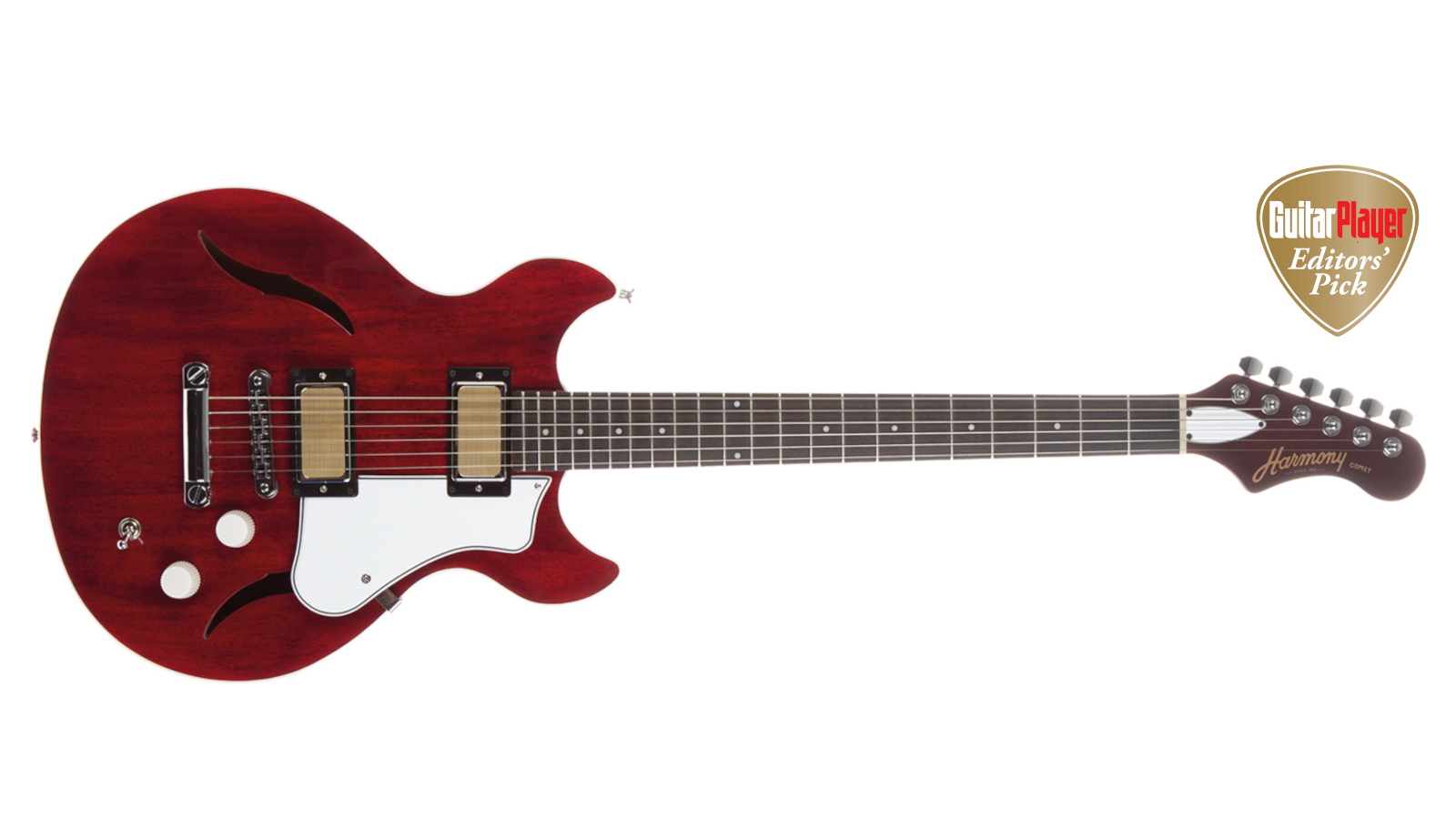GuitarPlayer Verdict
A sweet guitar that’s lightweight, toneful and stylish.
Pros
- +
Plays very well
- +
Excellent construction and finish
- +
Lightweight and toneful
Cons
- -
Toggle switch feels a bit flimsy
You can trust Guitar Player.
Established in 1892, Harmony became the largest musical instrument manufacturer in America during its mid-1960s glory years, when it was owned by Sears, Roebuck & Co. The gear maker ceased operations in 1975, was relaunched by BandLab Technologies in 2018, and today Harmony guitars are built in the U.S.
The Comet on review here – a modern take on the classic four-knob “pawnshop prize” H-72 thin-line model from 1966–’71 – features a compact semi-hollow mahogany body and a glued-in mahogany neck with a 25-inch scale ebony fingerboard carrying 22 finely worked medium-jumbo frets.
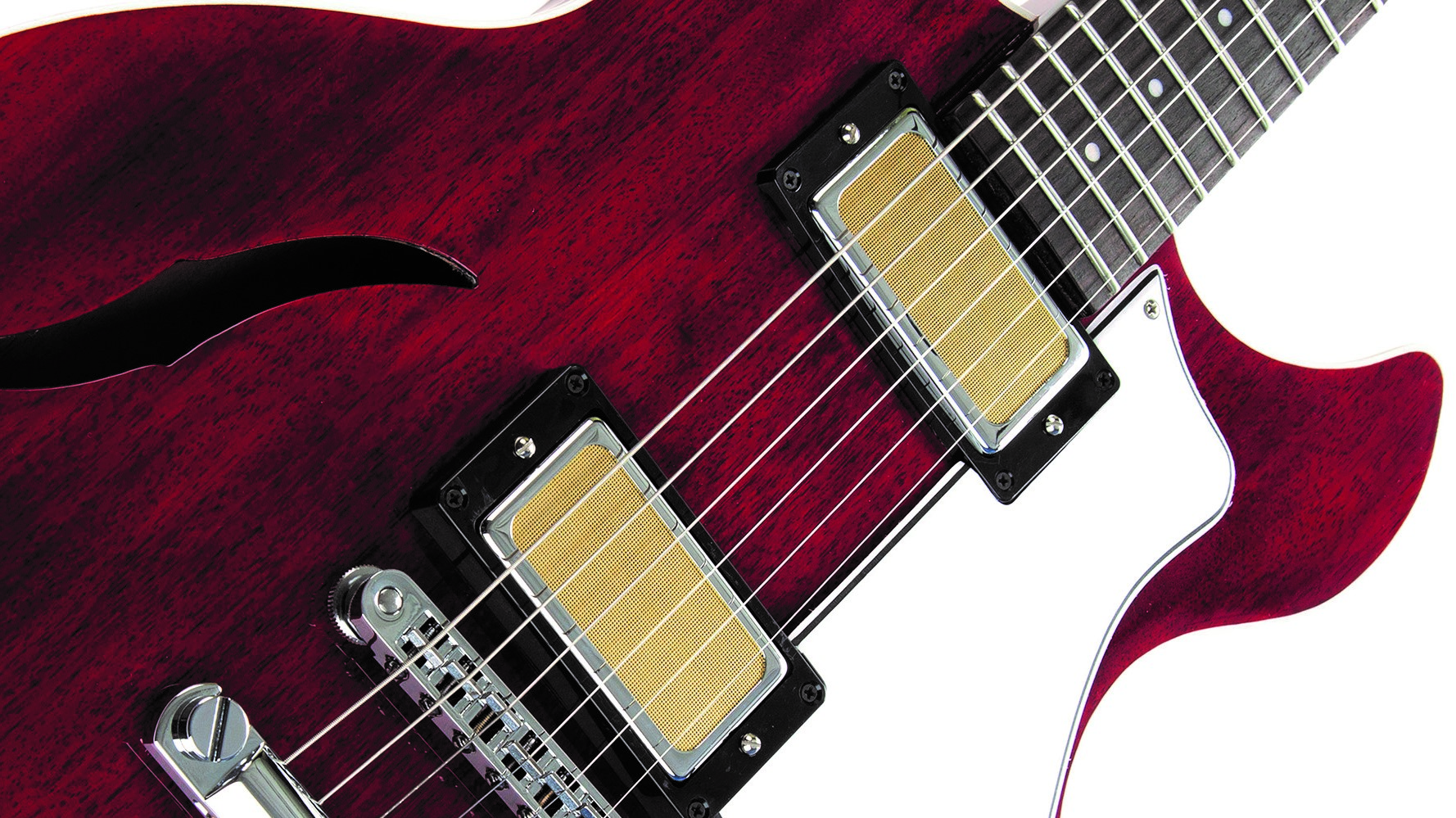
The Comet wears a glossy Trans Red lacquer finish (also available in Midnight Blue and Sunburst), and the white binding is flawlessly applied around the petite double-cutaway body. Hardware consists of a chrome Tune-o-matic bridge and stop tailpiece, along with a set of locking tuners on the red-finished headstock.
White “cupcake” knobs, pickguard and truss-rod cover complete the plastic trim details of this hip-looking axe. Note that the guitar ships with a Mono Vertigo Electric soft case, which is a nice thing. So many new guitars come with unpadded gig-bags (or nothing at all), so bravo to Harmony for going the extra mile.
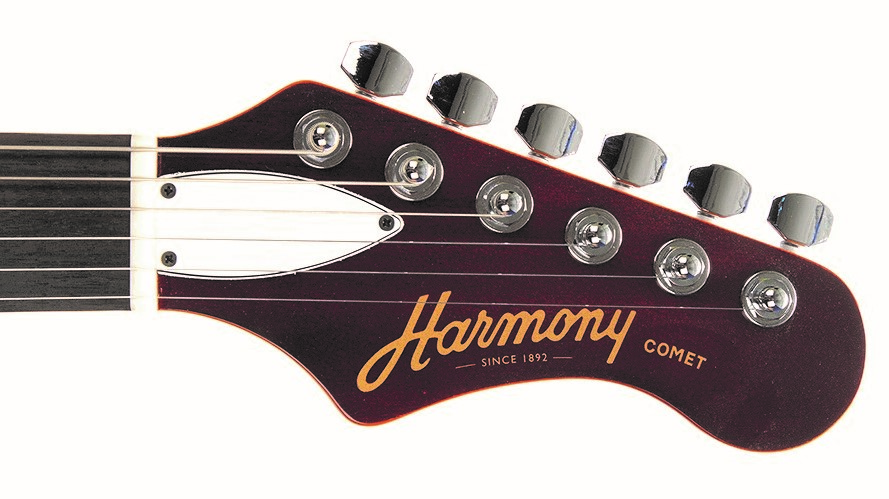
The Comet’s light weight facilitates an open, resonant and sustaining acoustic sound. It plays really well, courtesy of a C-shaped neck that feels similar to a late-’60s Gibson ES-335, and the factory setup provides low action, minimal fret buzz and tuneful intonation.
The 25-inch scale also makes for an instrument that’s easier to play deep bends on than, say, a Fender Strat, while the 12-inch-radius fretboard and medium neck profile make the Comet super comfortable in the hands.
In the electronics department, the Comet wields a pair of Gold Foil humbuckers that feed a volume control (with a push-pull function for an out-of-phase sound when both pickups are on) and a tone control that is voiced useably throughout its rotation and has a bit of wah-like inflection as you roll it down.
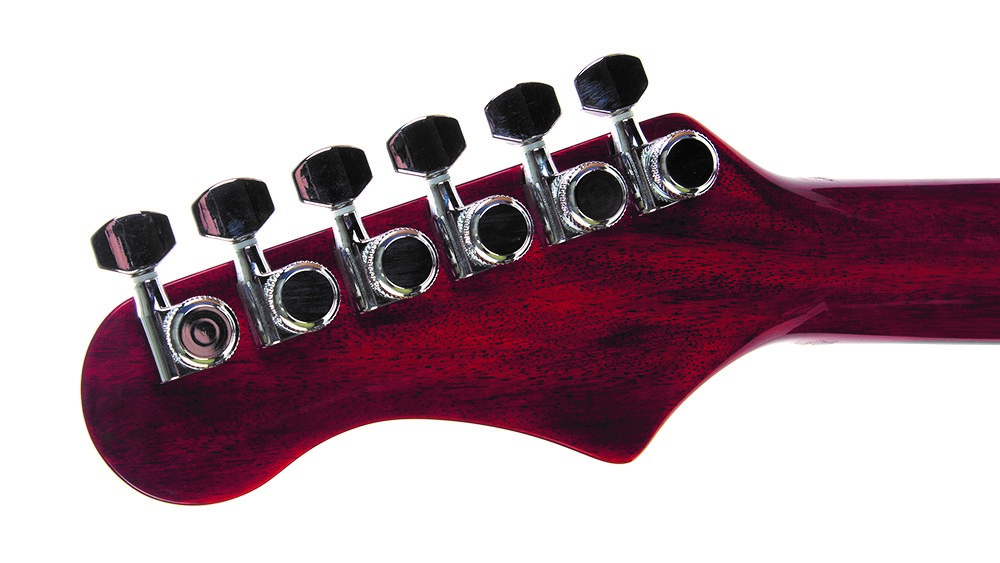
Tested through a Fender Deluxe Reverb (with hand-wired circuitry by George Alessando), and alternately a Fulltone OCD and a Hermida Zendrive for distortion, the Comet delivered bright, full sounds in all positions.
There’s fat, twangy bite to spare on the bridge setting, which is killer for rock or country, and it cuts beautifully without having to be ridiculously loud. The neck pickup’s sweet, clear tones are cool for blues and jazz (with or without a little grind added), and the middle position is springy and open sounding.
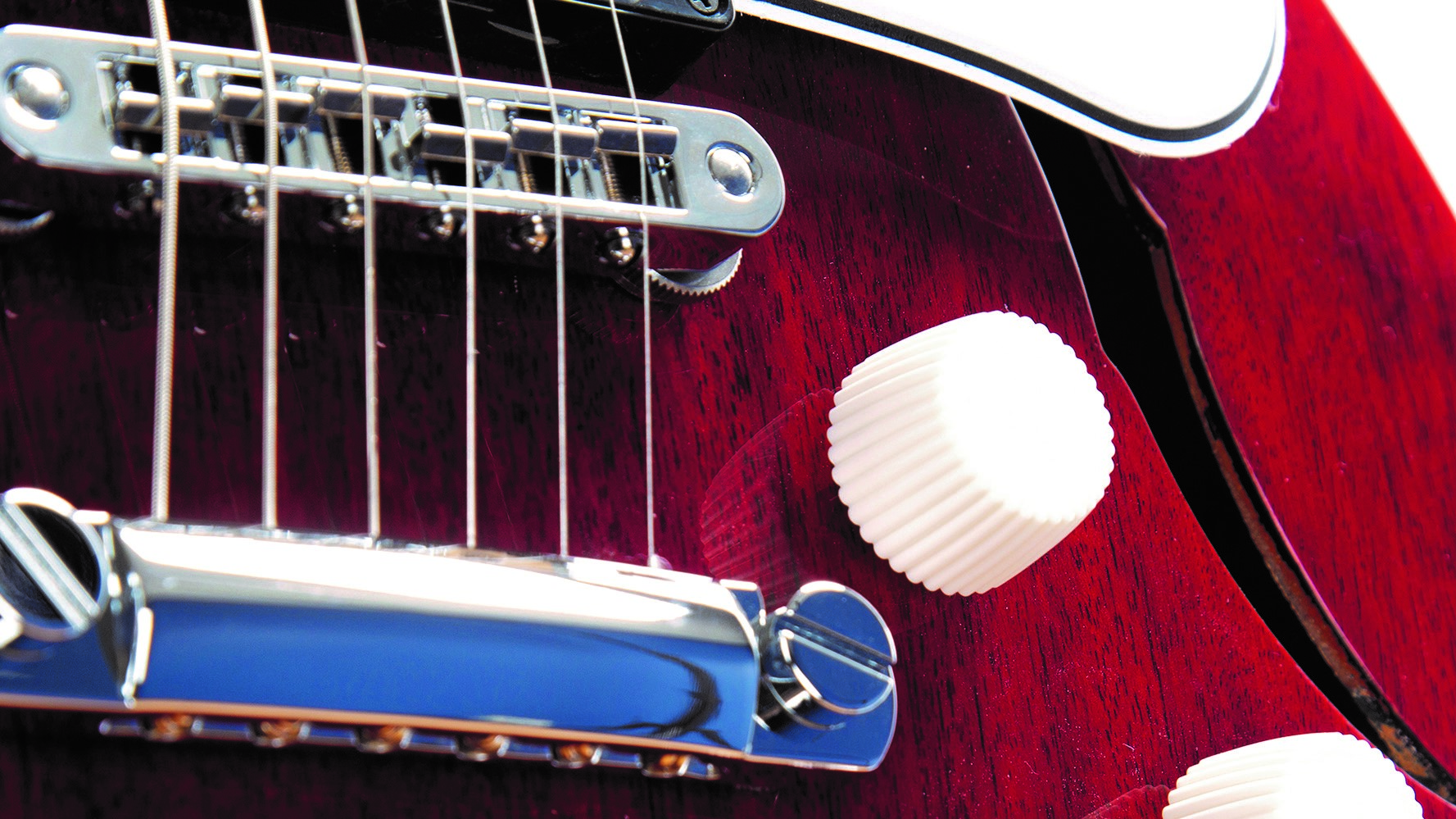
We also liked the funky tones available in the out-of-phase position, which yields a nice chiming sound that’s not too thin or snarky and responds well to the voicing of the tone control. The Gold Foil pickups definitely have their own thing going and are more single-coil sounding than standard humbuckers. Compared to the pickups on say a Les Paul or ES-335, the difference is appreciable, and in a good way. They’re also quiet and have enough output to drive an amp on par with a P-90.
Granted, the covers on the Comet’s pickups are less ornate than the Gold Foils found on vintage Harmony models, but they certainly look cool on this model with their gold “electric shaver” screened tops.
The Comet is a sweet guitar that’s lightweight, toneful and stylish. It’s a very “boutique” guitar compared to the budget models Harmony cranked out in the early days, soulful and popular as many of them were, and it’s nice to see a new production electric guitar on the market that’s so deeply rooted in the American past.
Specifictions:
- NUT WIDTH 1.68”, bone
- NECK Mahogany set neck with long-tenon joint
- FRETBOARD Ebony, 25” scale, 12” radius
- FRETS 22 medium jumbo
- TUNERS Locking
- BODY Mahogany semi-hollow with carved top and back
- BRIDGE Tune-o-matic with stop tailpiece
- PICKUPS Harmony Gold Foil humbuckers with Alnico 3 magnets
- CONTROLS Volume (pulls for out-of-phase) tone, three-way selector
- EXTRAS Nitrocellulose lacquer finish. Comes with premium Mono Vertigo Electric case
- FACTORY STRINGS Harmony .010–.046
- WEIGHT 6.1 lbs (as tested)
- BUILT USA

Art Thompson is Senior Editor of Guitar Player magazine. He has authored stories with numerous guitar greats including B.B. King, Prince and Scotty Moore and interviewed gear innovators such as Paul Reed Smith, Randall Smith and Gary Kramer. He also wrote the first book on vintage effects pedals, Stompbox. Art's busy performance schedule with three stylistically diverse groups provides ample opportunity to test-drive new guitars, amps and effects, many of which are featured in the pages of GP.
"We tried every guitar for weeks, and nothing would fit. And then, one day, we pulled this out." Mike Campbell on his "Red Dog" Telecaster, the guitar behind Tom Petty & the Heartbreakers' "Refugee" and the focus of two new Fender tribute models
“A good example of how, as artists, you have to blindly move forward with crazy ideas”: The story of Joe Satriani’s showstopping Crystal Planet Ibanez JS prototype – which has just sold for $10,000
